Polyurethane varnishes have long been used in the furniture industry, replacing in many places the use of nitrocellulose varnish, one of the oldest and best known varnishes used for wood finishing. Nitrocellulose varnish has always been a simple varnish to use and preferred in production because, if defects appeared, it could be easily removed with thinner, drying being a reversible process. However, this quality turns into a defect when the film is subjected to aggression. This gave rise to the need for more resistant varnishes, and these polyurethane varnishes responded very well to this need.
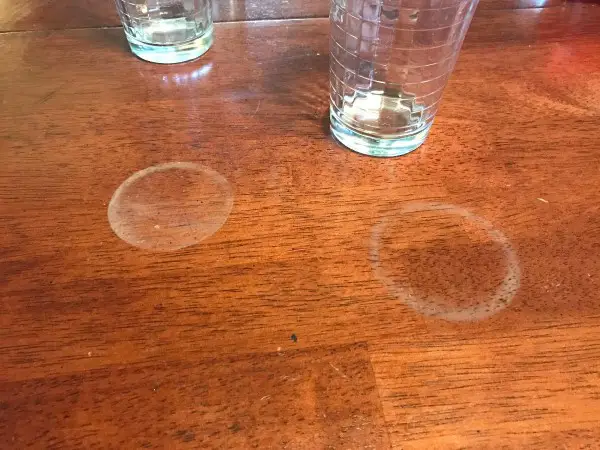
In general, polyurethane varnishes are produced in 2 components, the varnish and the hardener (catalyst), which react with each other resulting in the varnish film, a product with qualities superior to those from which it originated. The mixing between the parts is done in a certain proportion. The reaction is not instantaneous; the mixture remains in a liquid state for a time, called pot-life, after which it hardens irreversibly.
Polyurethane varnishes are not always 2-component, but the principle remains the same. Only that the 2 components are already mixed, but only react in the presence of a stimulus. Generally this stimulus is oxygen in the air or light radiation.
But I don't want to give you a chemistry lesson because I know that's not the best way to convince you to stay with me. 🙂 The question is why do we need these varnishes whose use is not as simple as nitro varnishes? They are needed when furniture or finished wood products have higher strength requirements or are used in more aggressive environments. Don't think about special requirements or acid vapour environments. No, the answer is much simpler. Do you want a table on which you can leave your wet cup of steaming coffee directly on without the need for a tablecloth or a cardboard "biscuit"? Then finish the table with polyurethane varnish and the cup is sure to leave no white marks.
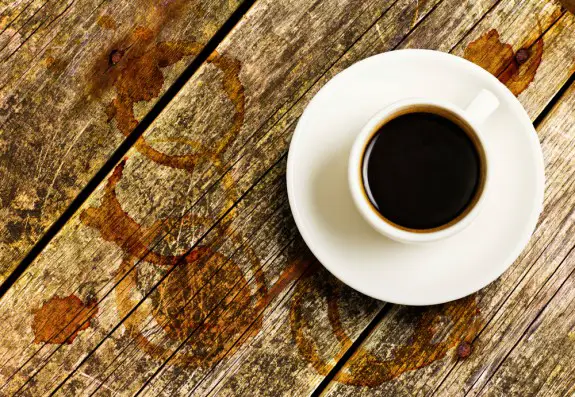
Polyurethane varnish should also be used when the furniture is to be made more resistant to scratching or knocks.
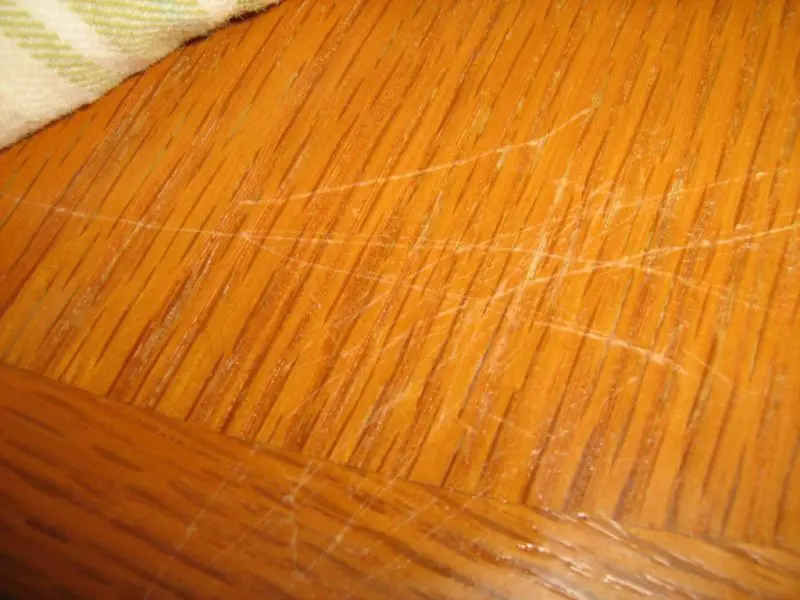
If we are talking about aggressive environment, it can also be the kitchen environment for a nitro varnish. It's enough to have water running frequently down the sink. In time the lake will start to crack.
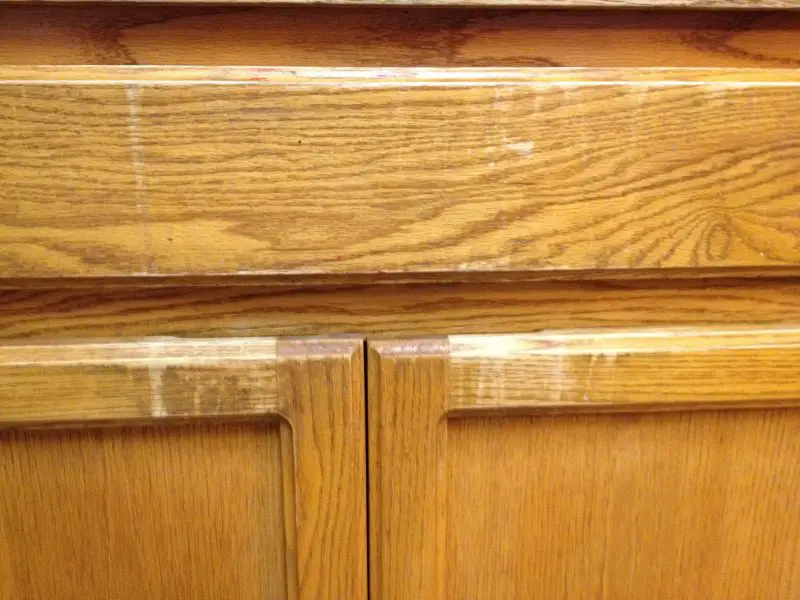
Finished with polyurethane varnish, the mask will be much more resistant to moisture and will save you a lot of trouble.
Using polyurethane varnishes results in much stronger films. They are resistant to scratching, solvents, hot and cold liquids, wine, coffee and other coloured liquids, and impact. That's why they are recommended for finishing table tops, bathroom and kitchen furniture, and floors.
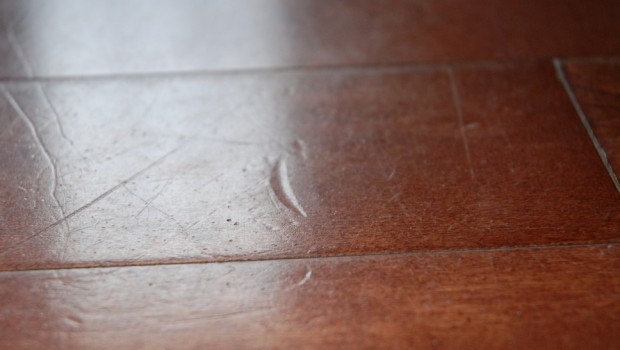
They are also a very good choice because no special installations are required to finish with them. They can be used with a simple cup gun, just like any other varnish. The important thing is that after each use, the gun should be thoroughly washed with thinner to remove all traces of varnish. Otherwise, the varnish hardens inside and the gun will have to be replaced because, as mentioned above, the reaction is irreversible and the varnish no longer dissolves in the solvent.
Polyurethane varnish is a much harder varnish. Often, however, this hardness comes "at the price" of reduced elasticity. That's why when using polyurethane varnishes, especially if you are finishing solid wood, you need to be careful about the amount of varnish applied and the number of coats. Unlike MDF or veneered chipboard, solid wood has dimensional variations due to moisture variations in the atmosphere. When the wood moves, the lacquer on top is under stress and if the elasticity is very low, it can crack. And if the lacquer layers are more or thicker than what the manufacturer recommended in the data sheet, the elasticity decreases further and the risk of cracking increases.
The polyurethane finishing system is now widely used. In addition to being hard-wearing, polyurethane varnishes are also beautiful and have a pleasant tint. It is a system I recommend when it comes to table tops or furniture used in environments with a lot of moisture or the possibility of mechanical aggression. That is, of course, unless more sophisticated systems are used (like UV drying, for example).
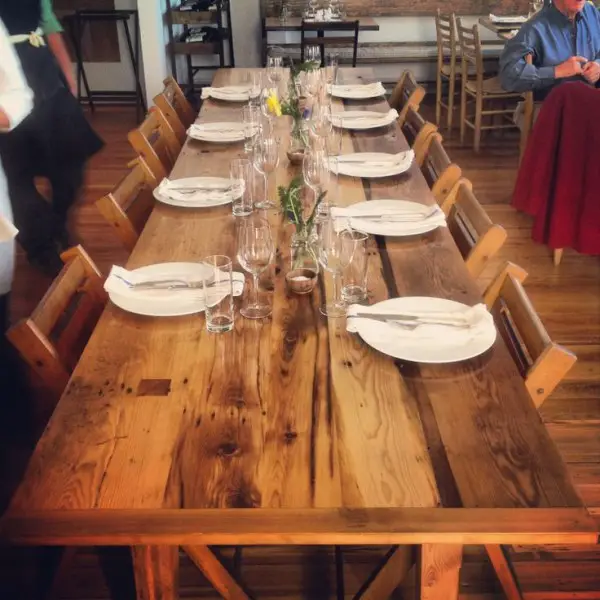





























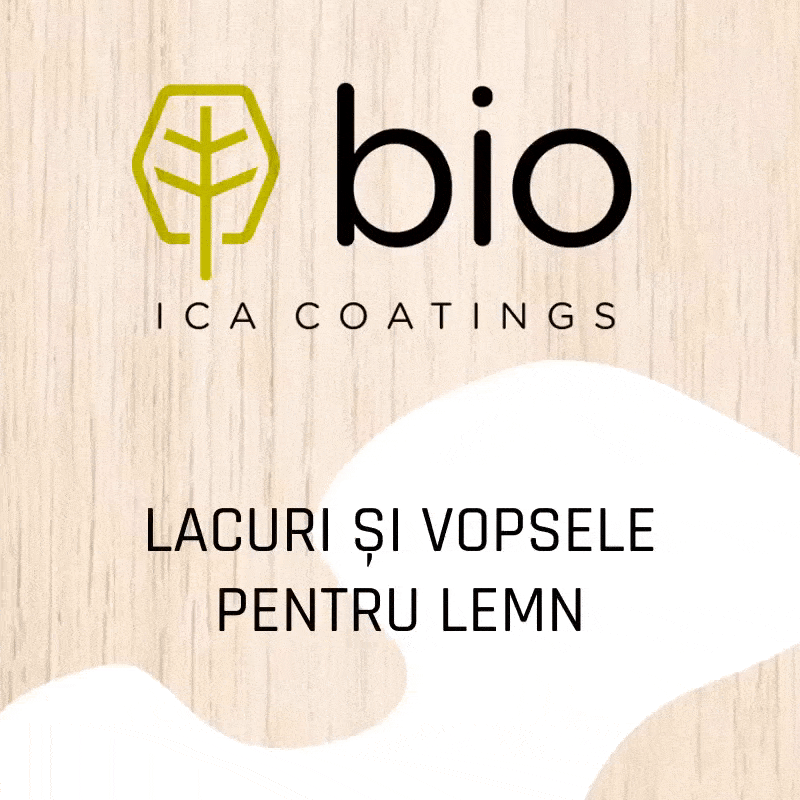


Do polyurethane varnishes have any relatively uniform characteristics, i.e. more or less the same for all products, with regard to resistance to ultraviolet radiation? In my experience, UV is the Achilles' heel if you use polyurethane varnish - a piece of patio furniture or a window frame, even if it initially looks perfect and has absolutely no problems with water, won't last without re-varnishing for more than a few years.
No, they are very different depending on the use. Polyurethane varnishes for interior use are varnishes that yellow under the influence of UV radiation. The main culprit is the catalyst, but the other component (polyol) also turns yellow. UV filters or modified catalysts are used to make them more resistant. This is the case with white polyurethane varnishes. As for those used outdoors, they must be specially formulated, i.e. not just any polyurethane varnish can be used outdoors. Because it is not only UV radiation that they have to resist, but also other environmental conditions: temperature variations, humidity, bad weather, etc. They must have UV filters but also be more elastic. PU varnishes are generally harder and more elastic. Outdoor varnishes must also have elasticity so that they do not crack when the wood varies in size. It should not be very matt (with a very high content of matting agent) because it becomes porous and absorbs water, but also not very glossy because it allows radiation to pass through more easily. That is why specially formulated products should be used on the outside. And for these products a guarantee of 8-10 years is very rarely given, with recommendations for maintenance. Please note that the warranty period means the time after the first crack appears in the varnish, not the time when the finish peels or is totally destroyed.
Please give me some advice. What should the outside of the log cabin be covered with? Which varnish is resistant between -20 degrees and +60 degrees? But also as many years as possible. The humidity of the place is relatively above normal. Every morning there's plenty of dew on the grass. That's why I'm asking if there is a protective varnish, or any other substance that meets these 3 minimum requirements.
Thank you
There are varnishes that are specially made to withstand the outdoors - large variations in temperature, humidity, UV radiation, etc. Depending on the company and the quality of the product, you will find products that have a guarantee of 4-6 years, but also 8-10 years. Opaque varnishes (those through which you cannot see the wood) protect better than transparent ones, and matt and semi-matt ones are more resistant than glossy ones. Very matt ones (gloss up to 10) are not recommended because they have a higher porosity which makes them vulnerable to water. Lacquers can be found in DIY stores or wood finishing distributors. But it is not only the quality of the varnish that is important, but also how it is applied, how much is applied, how well the wood is sealed so that there is no possibility of moisture getting in at any end.
There is also the possibility to protect the wood with oil. There are special oils, resistant to the outside, natural (linseed oil) or synthetic. In addition, they give a very natural look, as they do not make a film. But you should apply 2-3 coats, so that the wood can absorb as much as possible. It is also a good protection against humidity. The disadvantage of oil is that it needs to be refreshed every 2-3 years.
Thank you for your answer. However the varnishes I've seen don't seem to be a good solution. I need to look for something of higher quality.
Hello, dear lady, I found valuable information from you and thank you for that. I also have some questions and I would be very grateful if you could help me with answers. is polyurethane varnish compatible with wood painting in tempera or acrylic? can this varnish be applied with a brush? Do you recommend a specific brand for this varnish? thank you, have a nice day!
Hello,
If the acrylic paint is water-based you can apply polyurethane varnish on top. The problem with polyurethane varnishes is that they are slightly yellow and change the colour underneath a little. Better are acrylic varnishes on solvent, but I don't know where you could find small quantities. They are usually sold by industrial product dealers or distributors. These varnishes do not change colour and also protect against yellowing over time.
Lacquers can also be applied with a brush. Don't forget to wash the brush well after use because, after hardening, the varnish can no longer be attacked with thinner.
Can you tell me why you want to apply polyurethane varnish over the paint?
Hello, I am a painter and after the experience I had with acrylic varnishes I ended up looking for alternatives. When protecting icons on wood with gold or slagmetal (bronze/copper based alloy) background, a harder varnish than acrylic varnish is necessary - Some of these icons end up being placed in places of worship/procession/ritual in the Church and thus the mechanical "aggression" on this layer of metal foil increases... I have also tried cobalt based varnishes, but even these are not hard enough and have a corrosive effect on the slagmetal foil. There is also a side issue related to the high price of acrylic final varnishes with UV filter - An example: Maimeri Acrylic Varnish 667 - 107 Lei/500ml.
Hello!
I could use your advice as I am in a dilemma. For a table top that has been painted with oil colours, what type of varnish do you suggest to apply? I would like it not to react with the paint (I use bleached linseed oil), but also to be resistant to shocks, scratches, etc., in short, to fulfil its function as a tabletop.... What can you recommend?
Hello,
I think a water based product would not interact with the paint and would also protect. I would recommend water based varnishes for parquet. They are hard, protect the paint and don't react with oil-based paints and can be found in DIY stores.
All the best!
I have some old pieces of furniture, probably lacquered with nitrolacquer, I want to update them and lacquer them white.
Please advise me what are the steps of this operation and what products should I use. I WOULD LIKE TO MENTION THAT I WANT TO USE A CHEST OF DRAWERS IN THE BATHROOM, UNDER THE SINK. I understand that it should be matted, given with a separator and only afterwards painted with white varnish. But I would like the advice of a real professional.
Thank you very much for your valuable advice
The easiest way is to use Annie Sloan paints. They are simple to use and have adhesion to any surface. Find here the stages of transforming a piece of furniture. For the bathroom, instead of wax, use varnish.
Good luck!
Good evening! I'm a beginner in wood but I love working with it. Could you please tell me if polyurethane varnish can be applied with a brush or only with a spray gun?
Thanks in advance and congratulations on the magazine, it's wonderful! ✌️
Good evening!
Thanks for your appreciation!
Can also be applied with a brush. Mix small amounts and apply immediately to avoid wastage. Wash the brush thoroughly with thinner as soon as you have finished. Otherwise the varnish hardens and the brush cannot be recovered.
Keep in mind that using the brush will not give you a very good quality film like spraying. There may be traces and/or threads from the brush, dust particles, air or thinner trapped in the film. Apply thin coats and watch out for spillage. The golden rule when finishing is more thin coats than one thick one.
I've put below a link to an article with tips for beginners, maybe it's helpful.
Good luck!
https://revistadinlemn.ro/2020/04/23/vopsirea-si-lacuirea-sfaturi-pentru-incepatori/